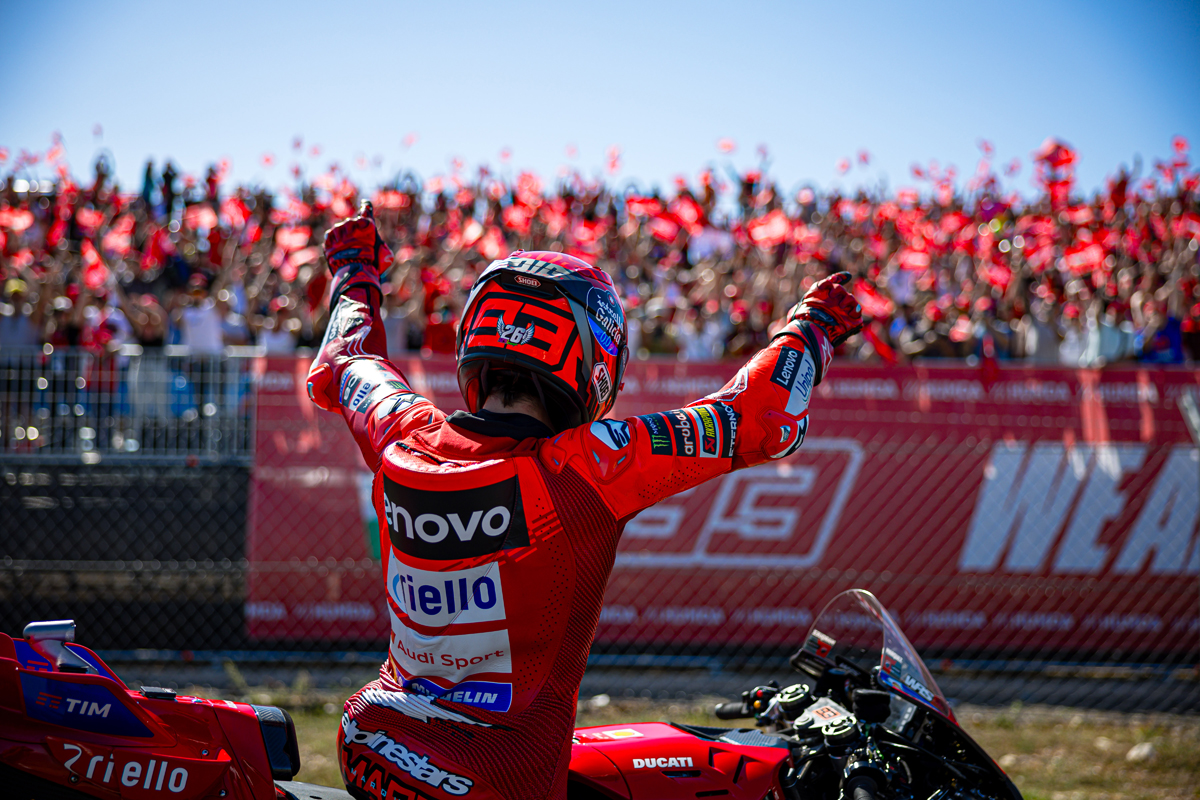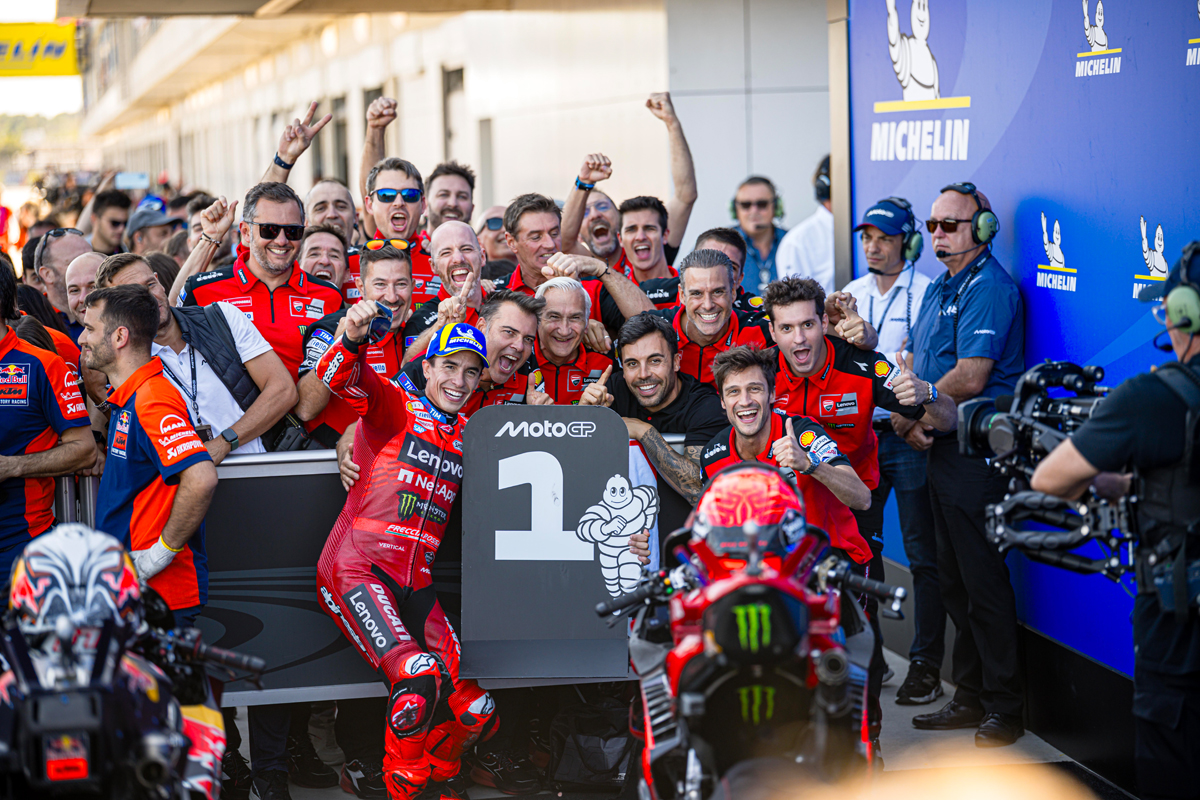
Anyone who was hoping for a change in the pecking order due to the effects of a brand-new track might have come away from Balaton Park in Hungary disappointed, but if we look closely, there were plenty of positives to take away, alongside some obvious negatives.
While another race-weekend double for Marc Marquez might have been inevitable, at least the Main race gave us an all-too-rare sight of Marquez having to fight for the win, even if it had all the appearances of a cat toying with the mouse it has caught before delivering the coup de grâce. Yet again, the Aprilia RS-GP was the bike that seemed to be able to give the Ducati GP25 a run for its money and, if it weren’t for a certain M. Marquez, an Aprilia rider would surely be right up near the top of the championship table.
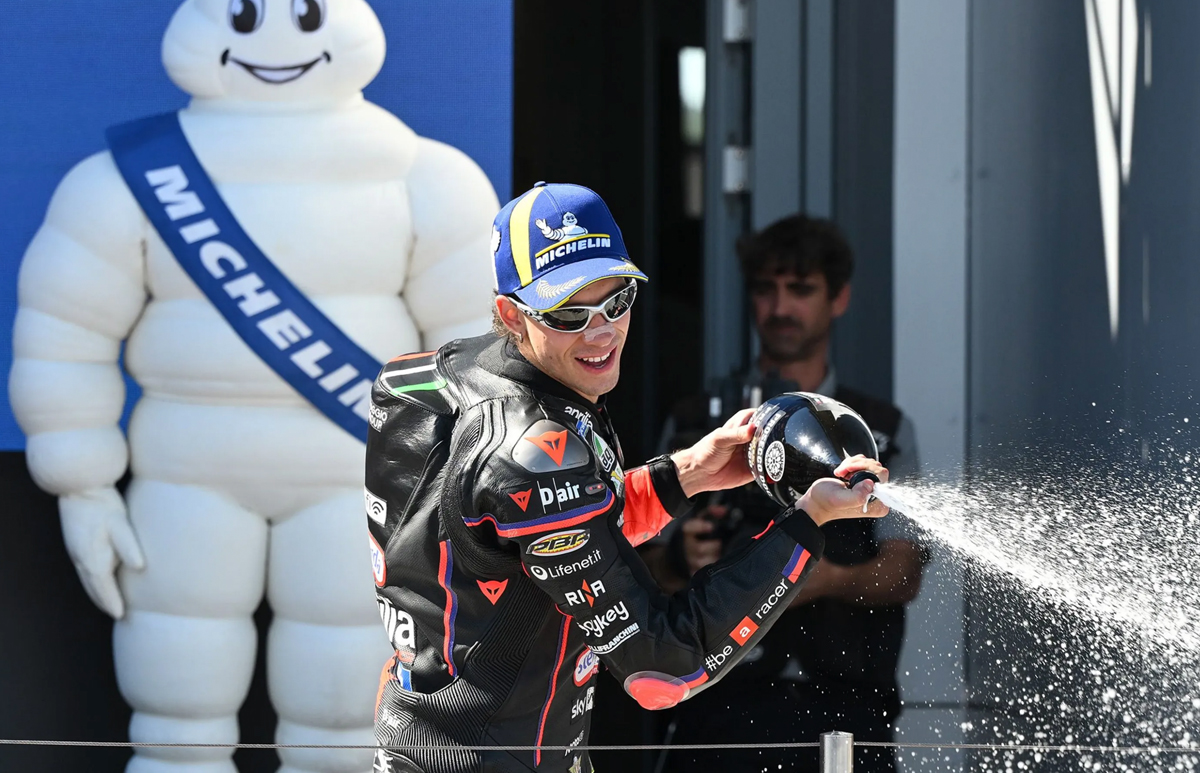
Then there was the Balaton Park circuit itself; is the track suitable for 300-horsepower racing motorcycles? Narrow and tight, one couldn’t help feeling that the bikes couldn’t really get out of their own way. On the one hand, it was great to watch the riders get to grips with a new track, but on the other, there was very little flow, and it all appeared very stop-and-go and, to be honest, boring.
And stop-and-go leads to more accidents. Look at Quartararo’s accident at turn one in the Sprint race. Then, Enea Bastiannini was insanely lucky to avoid being hit by a following rider as he crashed entering one chicane and then slid across the track, with his bike, into the oncoming traffic. Even though the traffic was moving slowly, being hit by a bike is always going to hurt, at best, or break bones, at worst.
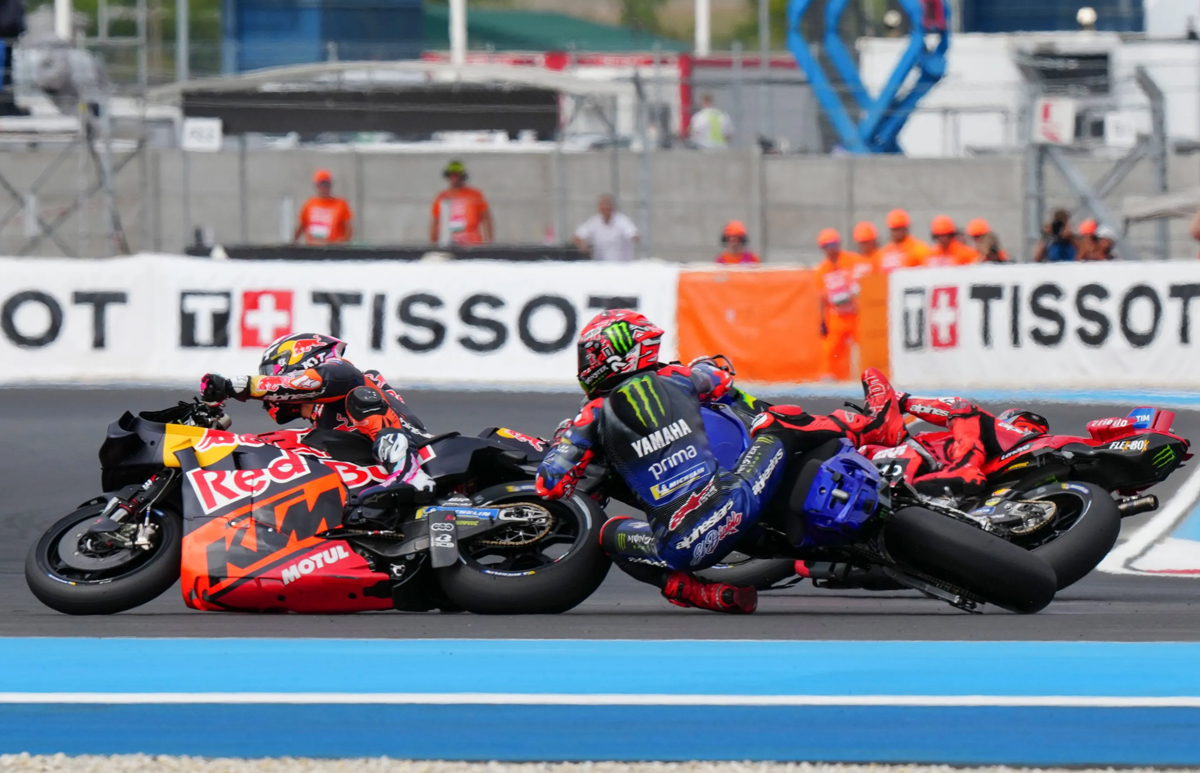
The average speed for the Grand Prix was also rather pathetic, 92.6mph. Moto3 bikes manage a better average speed at nearly every other track on the calendar. As a poster-circuit for the magnificence of MotoGP, it was an abject failure, but it’s on the calendar for the foreseeable future, so we might as well get used to it.
You can never be sure if Ducati’s rivals are making big strides and catching up or whether the nature of the track did the likes of KTM and Aprilia – and even Honda – more favours than it did Ducati.
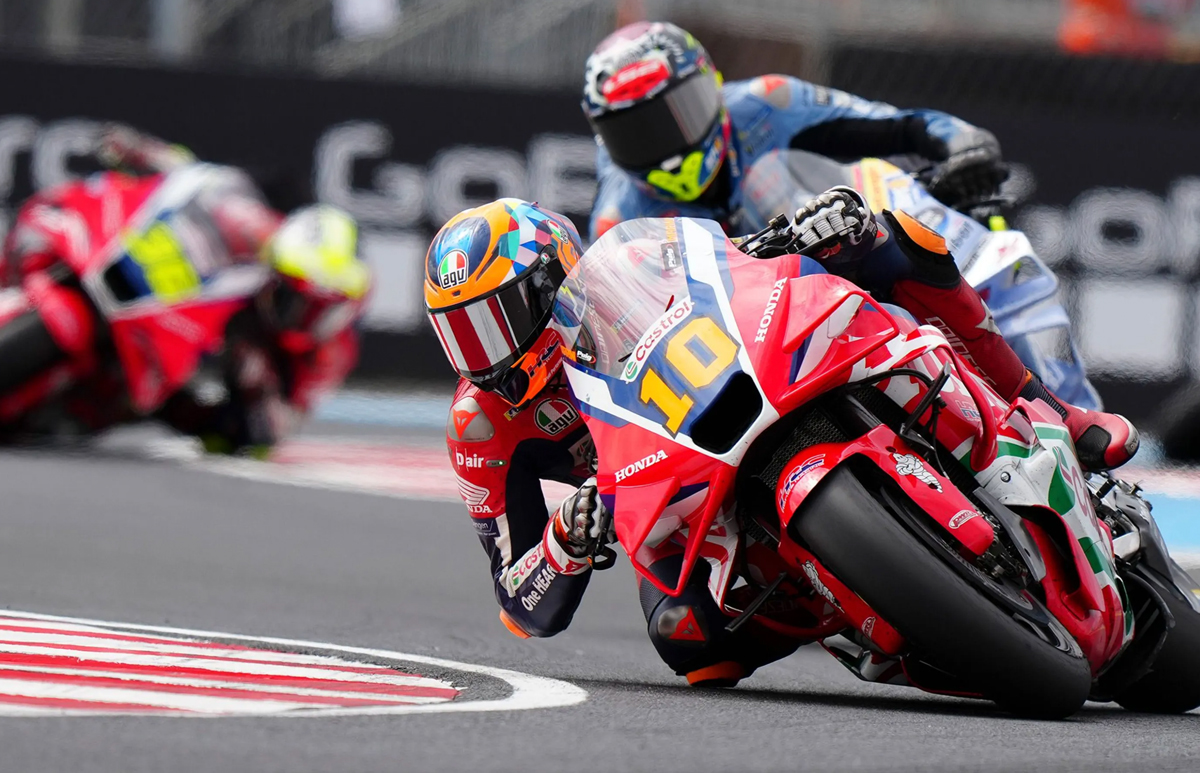
Yes, Marc Marquez won both races, but a second place for Pedro Acosta in the Main race, alongside a third and fourth for Aprilia’s Marco Bezzecchi (who lead convincingly for a while) and Jorge Martin, and a season-best fifth place for Honda’s Luca Marini, following a fourth and sixth for Marini and Joan Mir in the Sprint are indications that Ducati might not have it all its own way for the remainder of the season, no matter how circuit-specific those results might be.
If Marc Marquez carries on at this rate, he will seal the Championship in two races’ time, at Misano, with six races left to run. If he leaves Misano with a 222-point lead, then the title is his; it really is a question of when and not if at this point in the season. His brother Alex is his nearest challenger, but that challenge has dropped off in the past couple of races, with some pretty poor results, including an eighth and fourteenth in Hungary.
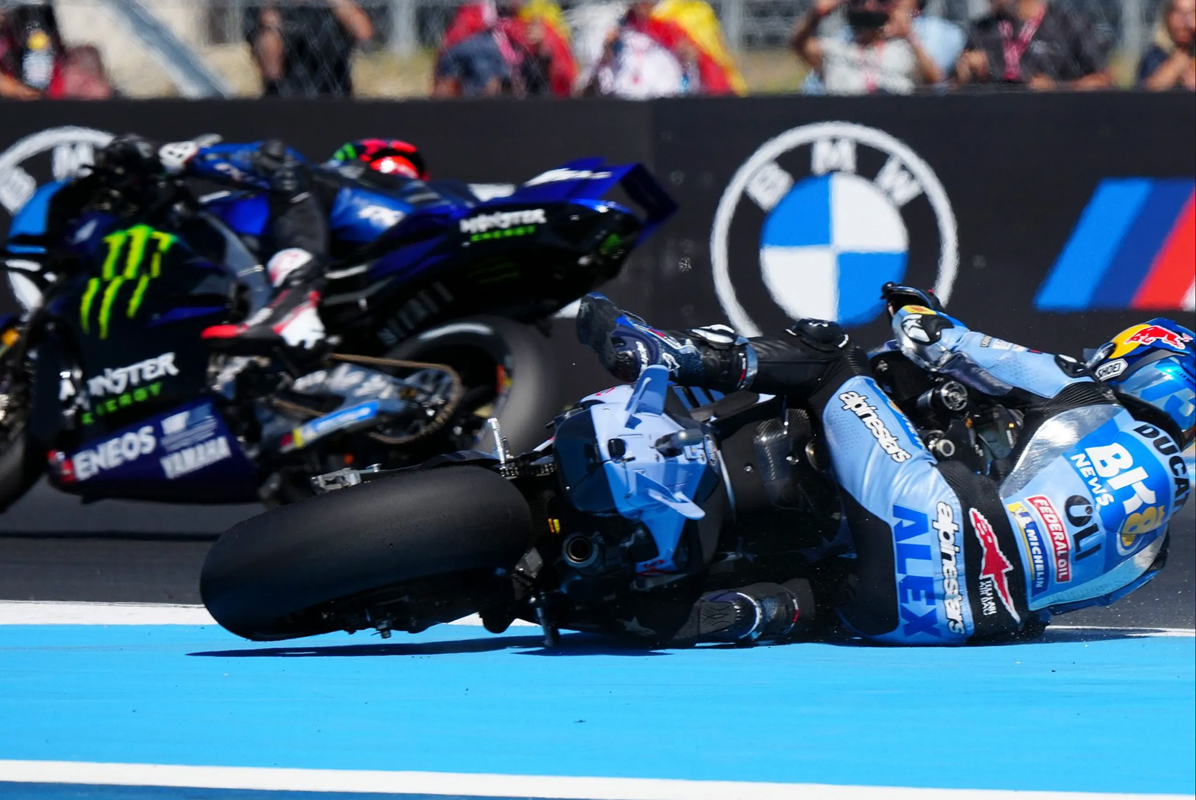
And spare a thought for poor Francesco Bagnaia, who can’t buy a good result this year. His third place in the championship, despite the dire results, is remarkable, but he must be tearing his hair out with frustration at his lack of ability to bend the GP25 to his will; frustration that has to be amplified by his team-mate’s achievements on the same bike.
It’s not even as if he can look to any race that has been run as the lowest point from where he can start to rebuild, as the lowest point keeps moving weekend after weekend. In Hungary, he never once troubled the top ten in any practice or qualifying session or, for that matter, in the Sprint race. Quite how the Ducati engineers are keeping track of all the changes they are making to the GP25 to find a solution for him is beyond me, but they seemed to find something for the Main race, which Bagnaia finished in ninth place.
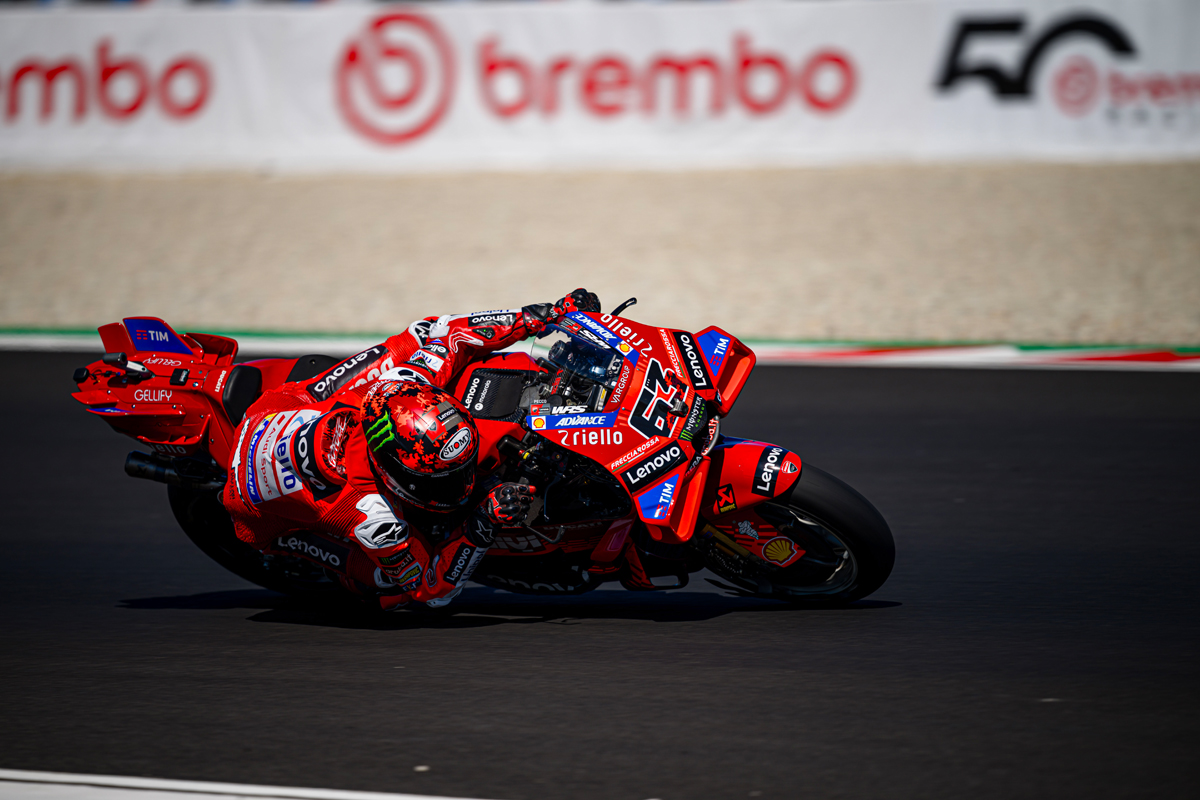
The only problem is that this has happened before to Bagnaia this season; a supposedly game-changing breakthrough turns out to be a damp squib; a larger front brake disc seemed to give him the stopping stability he had been lacking, only for that idea to go out of the window at the very next race. There’s nothing wrong with Bagnaia’s talent – you don’t become a double world champion simply by being on the best bike; you have to have the skill to use it, and let’s not forget that he won 11 Grand Prix last year in his title fight with Martin. No, there’s nothing wrong with his talent, and MotoGP needs him fighting at the front again, if only to give us a bit of variety on the podium!
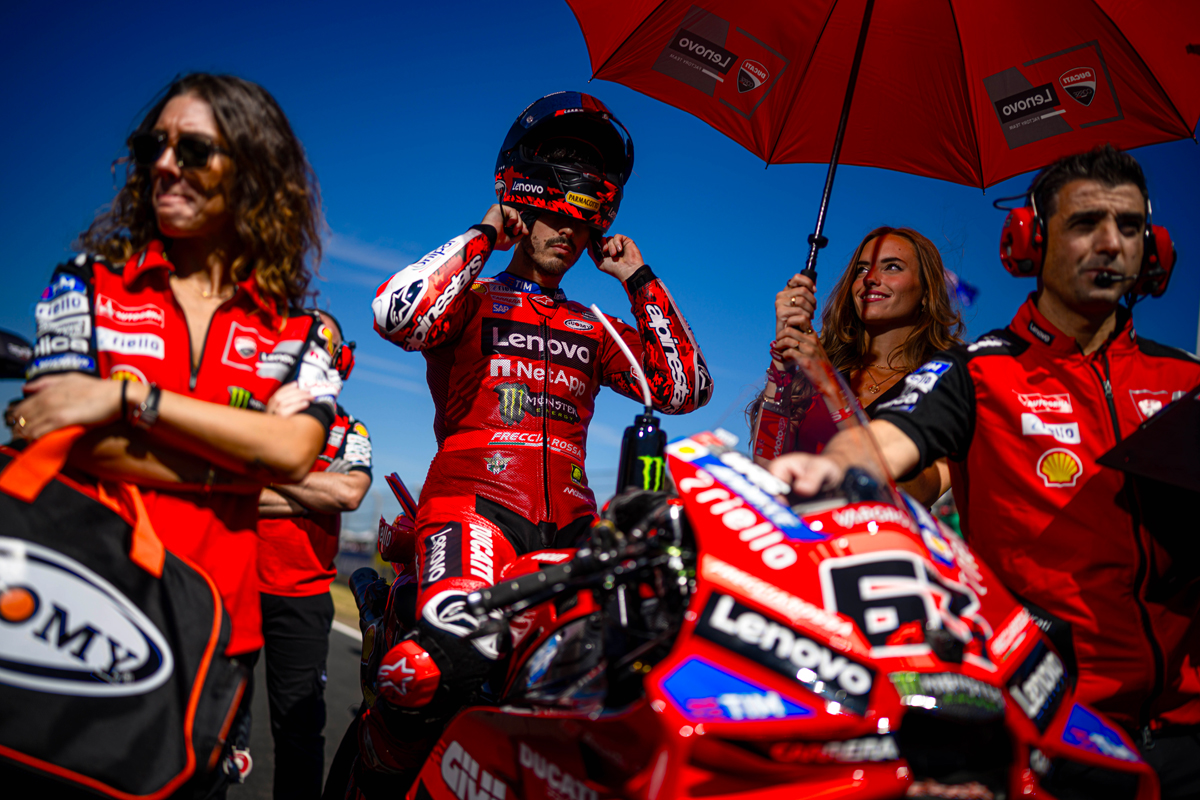
The KTM RC16, in the hands of Pedro Acosta, at least, is starting to show some progress, even if Brad Binder is still struggling a little. The fact that Pol Espargaro, KTM test-rider currently standing in for injured Maverick Viñales, was able to get directly into Q2 after practice speaks volumes not only for his ability and familiarity with the bike, but also for the potential of the bike that is very close to being unlocked. Acosta hailed a development in Austria that made him much happier on the bike, and the results are backing that up.
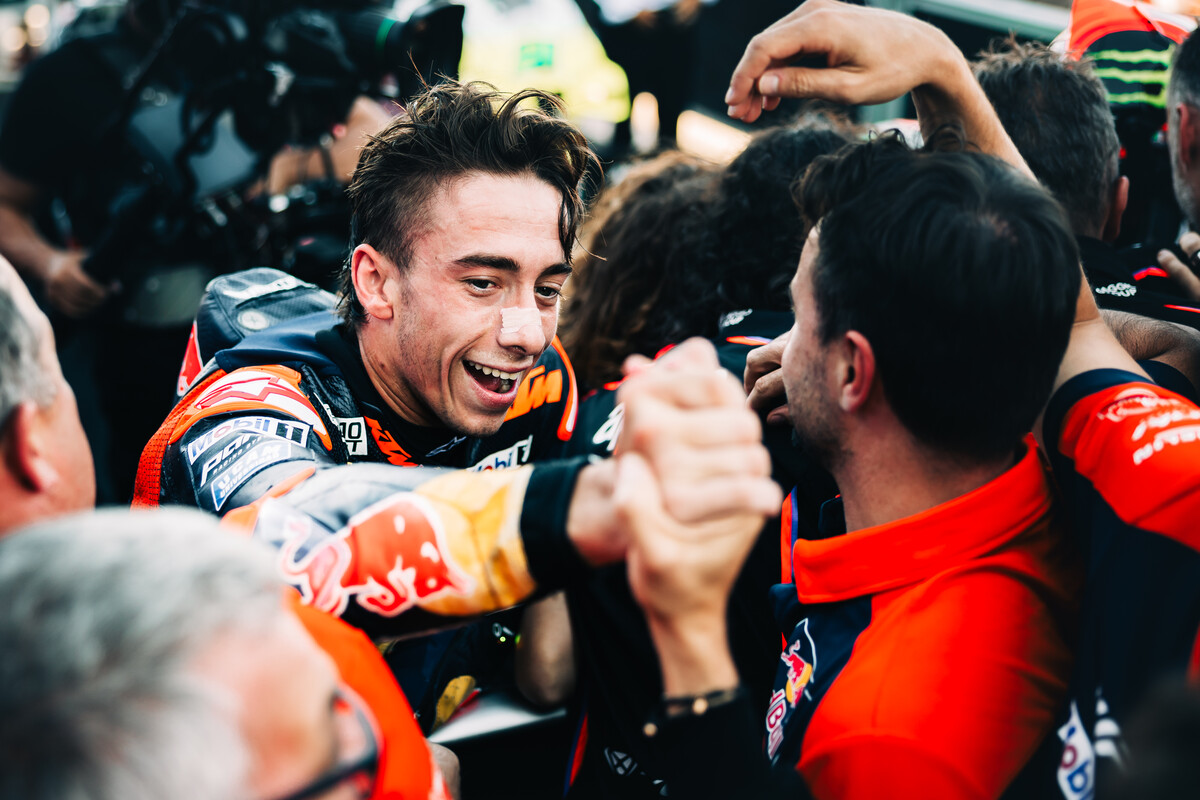
But over everything lies the shadow that Marc Marquez is casting with his relentless superiority. He’s now won seven races on the trot – 14 if you count Sprint victories – and no other rider has done that since Marquez himself achieved the same thing on the Honda in 2014. You could argue that his task has been made easier by the relatively lacklustre challenge set up by his rivals, whether in his own team or up and down the pit lane. To put it bluntly, they keep shooting themselves in the foot.
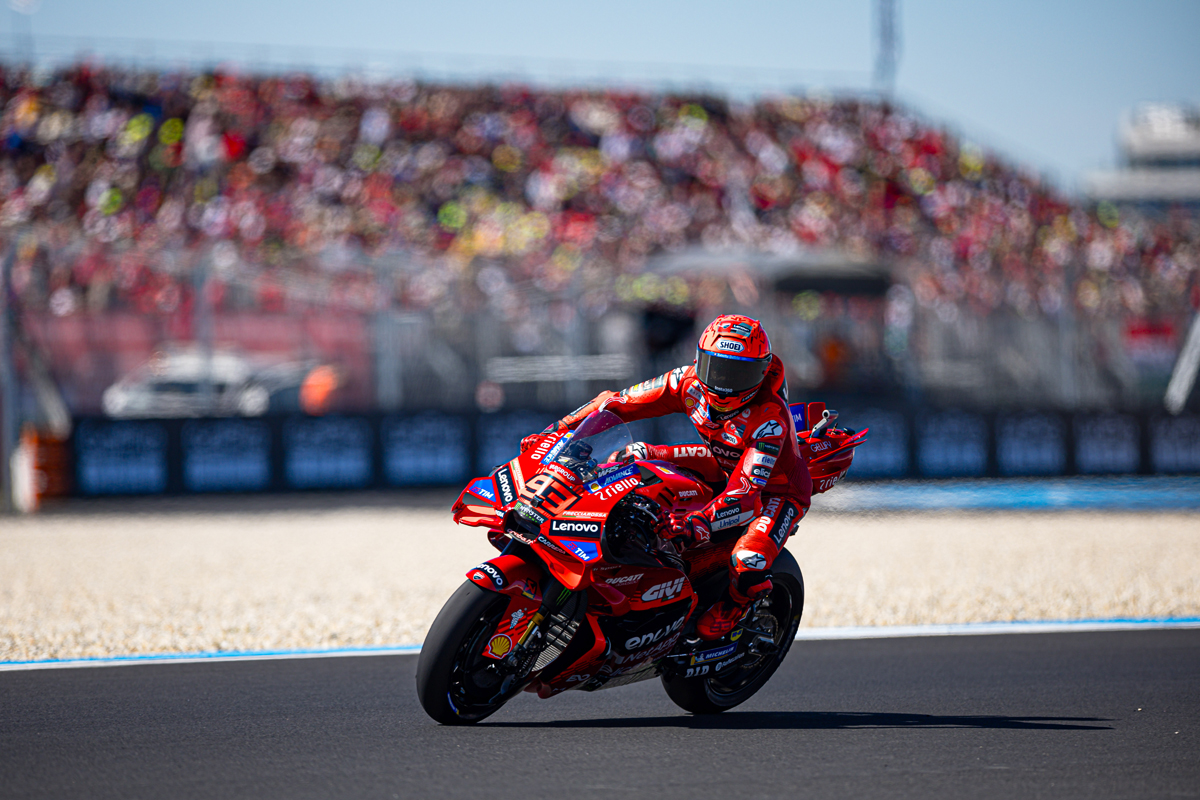
In Hungary, Pedro Acosta looked to be lining up a serious challenge during Friday practice, but then he crashed heavily during the opening minutes of Q2 and could only end up seventh on the grid, on a bike that didn’t have his preferred suspension specification. Bezzecchi, for his part, realised he wasn’t fast enough on the preferred medium rear tyre, so ran the soft, banking on building up an early lead and managing tyre wear from there. It didn’t work that way, we now know, but it was a sound strategy against anyone other than Marquez! Even Marc’s brother Alex, until recently Mr. Second Place, has gone off the boil. You just can’t afford to give Marc those kinds of breaks, with the form he’s in.
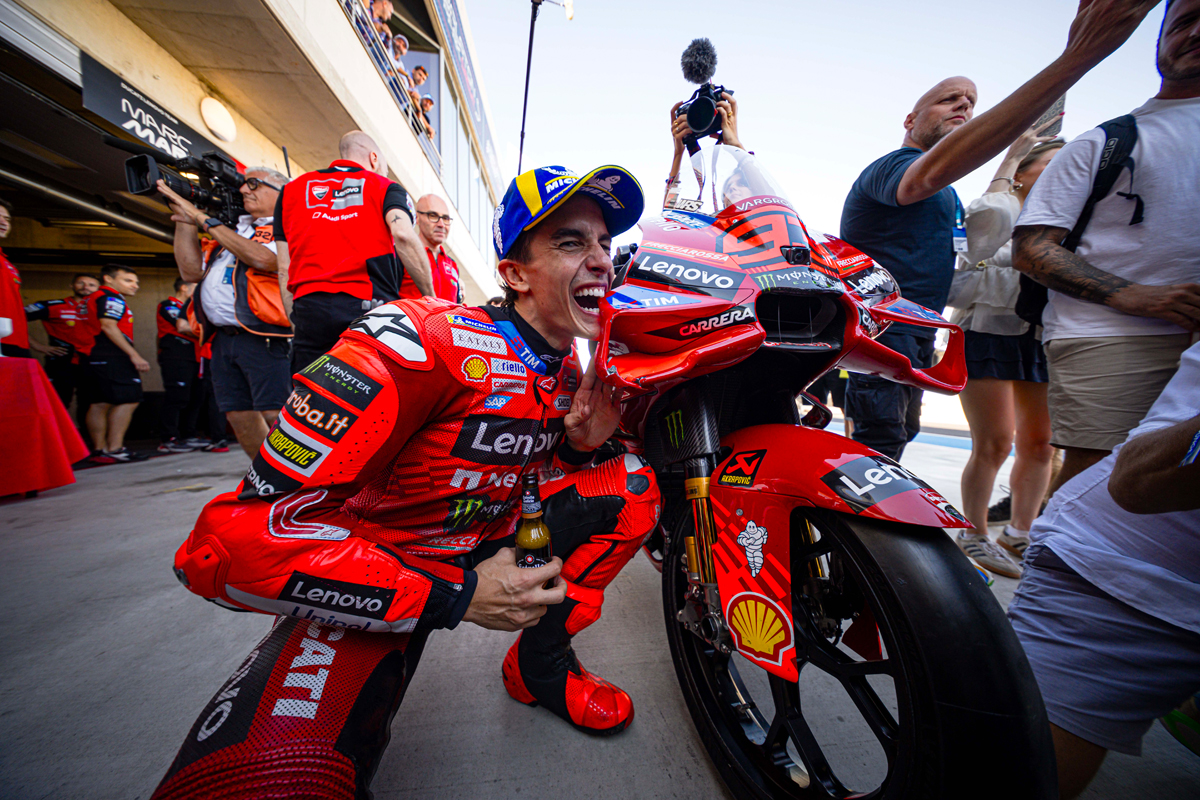
I loved the fact that Jorge Martin won the title in 2024 on a satellite Ducati and thought that Ducati’s treatment of him was really off, although, with the benefit of hindsight, the team’s decision to sign Marquez has paid huge dividends.
The combination of Martin and Aprilia looked great on paper, but that’s how it remained for a large chunk of the first half of the season – on paper – with Martin out through injury.
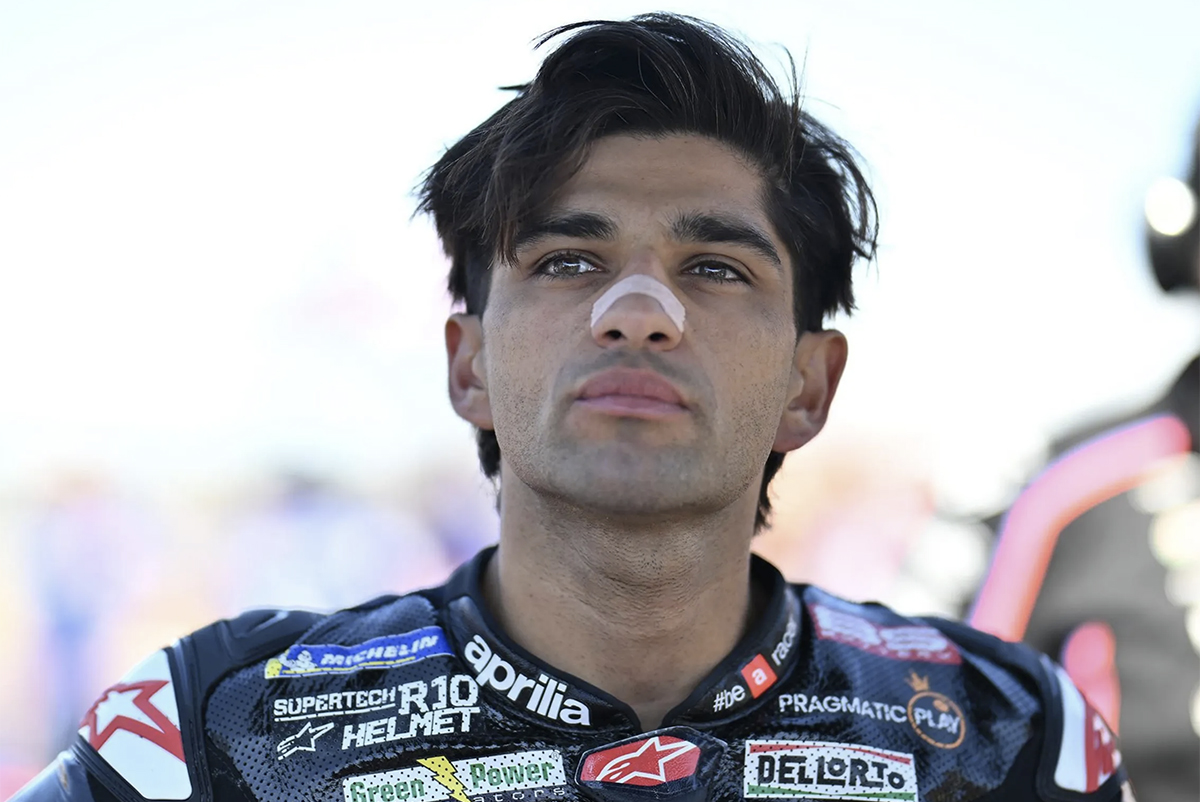
His subsequent treatment of Aprilia and his attitude towards his contract left a very sour taste in the mouth, and it might be fair to say that he lost a lot of respect in the paddock and with fans.
But I can’t help liking him, and his spectacular run to fourth place in the Main race was an indication of what we have been missing this year. On a track that everyone said made overtaking tricky, he made it look easy. It’s not a huge stretch of the imagination to feel that the championship table might look a bit different had he contested every round from the start. If his decision to remain with Aprilia through to the end of his contract in 2026 came far too late, then at least he did the right thing by the team and, as Aprilia seems closest to Ducati right now, it could very well be the right decision.
